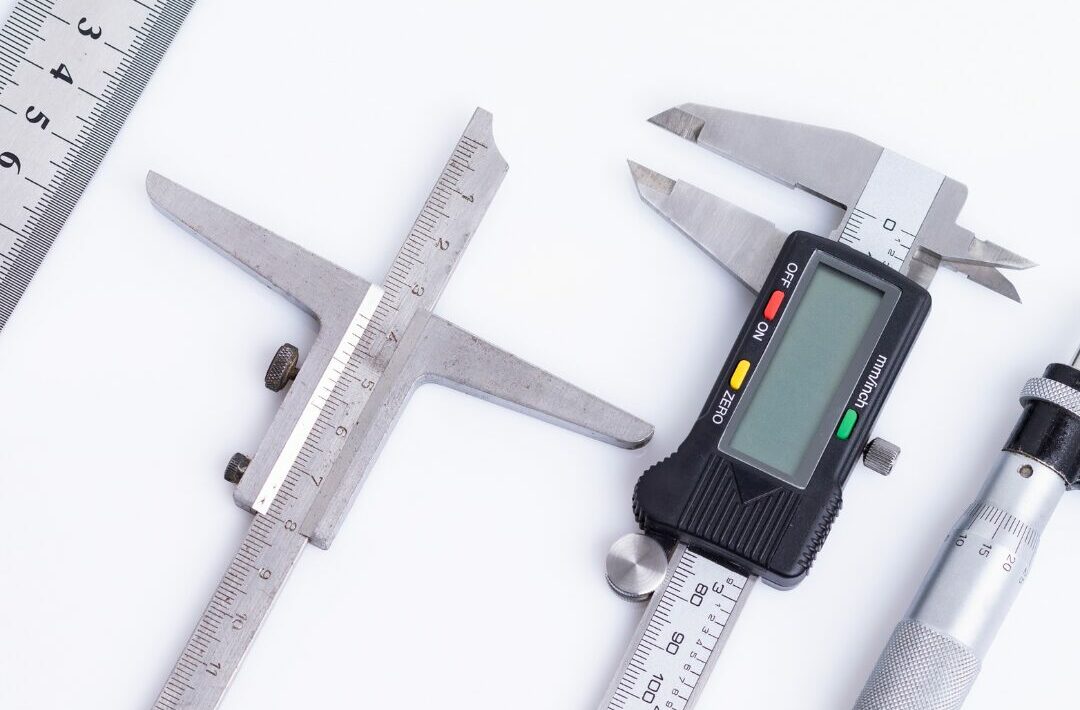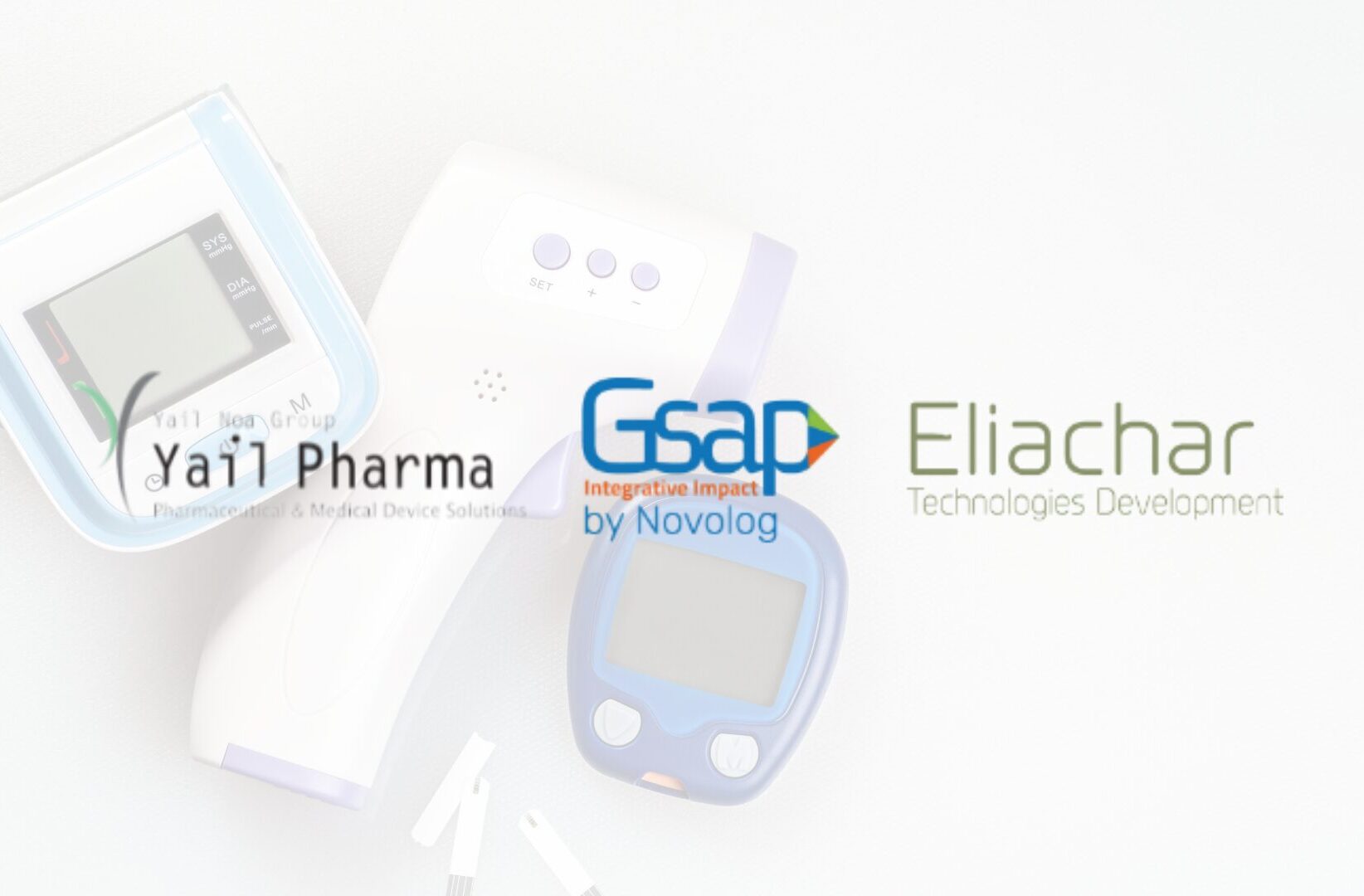Optimizing Medical Device Process Validation with Monte Carlo Simulations: A Case Study
September 17, 2024 Jose Chvaicer, M.SC. Senior Process Validation and Quantitative Methods expertOptimizing Medical Device Process Validation with Monte Carlo Simulations: A Case Study
September 17, 2024
Jose Chvaicer, M.SC. Senior Process Validation and Quantitative Methods expert
In the highly regulated world of medical device manufacturing, precision and quality are non-negotiable. At Gsap, we thrive on using data-driven, innovative methodologies to solve complex challenges for the Israeli medical device industry. One such example is our application of Monte Carlo simulations in process validation—a powerful statistical technique that enabled us to tackle a client’s critical question while ensuring high quality and compliance.
The Challenge: Tighter Tolerances, Higher Risks
Our client posed a crucial question:
What is the rejection rate for the assembly process of a PCB connector when reducing clearance from ±0.8 mm to ±0.5 mm?
The process included 1D stacking tolerances. While the Design for Assembly (DFA) method could determine the final position of the connector, it was unable to predict the rejection rate—a critical factor when tightening tolerances in the medical device industry, where even minor defects can be costly or dangerous.
Gsap’s Solution: Applying Monte Carlo Simulations for Evidence-Based Results
Our Gsap expert realized that a new strategy was required to solve this challenge. The first step was to assume that each item in the assembly stack was assembled according to a normal distribution, with each nominal value acting as the mean.
What is Monte Carlo simulation?
Monte Carlo simulation is a mathematical technique that uses random sampling and probability models to predict possible outcomes. It is especially useful when you need to account for variability in processes, like manufacturing. By running multiple simulations (in this case, 10,000), we can predict the likelihood of different results and understand the probability of defects under different conditions.
How Monte Carlo Simulation Was Applied:
- We assumed each component in the assembly stack (screws, chassis, holes, board, and enclosures) followed a normal distribution.
- Each component’s nominal value acted as its mean, and the assembly process was expected to fall within 99.73% of the tolerance range (the 6-sigma standard).
- Using the NORM.INV(RAND(), nominal, σ) function in Excel, we simulated the random positioning of each component in the stack.
- Running 10,000 simulations, we modeled the combined deviations from each nominal value and compared the results to the required 0.3 mm assembly reduction.
The Results:
- At the reduced ±0.5 mm tolerance, 8% of assemblies were predicted to be defective.
- Retaining the original ±0.8 mm tolerance, recommended by the PCB manufacturer, resulted in a much lower 0.2% rejection rate.
With this data-driven insight, the client made an informed decision to keep the original ±0.8 mm tolerance, reducing the defect rate significantly.
Why Monte Carlo Simulations Matter for Process Validation
In the medical device industry, process validation is not just about quality—it’s about ensuring that devices meet stringent regulatory standards while maintaining operational efficiency. Monte Carlo simulations allow companies to predict process outcomes with a high degree of accuracy, providing a critical edge in decision-making. By applying this method, Gsap ensures that clients achieve the best possible balance between performance and compliance, reducing both risks and costs.
This article was prepared by:

Jose (Yossi) Chvaicer, M.Sc.
Senior Validation and Quality Engineer




